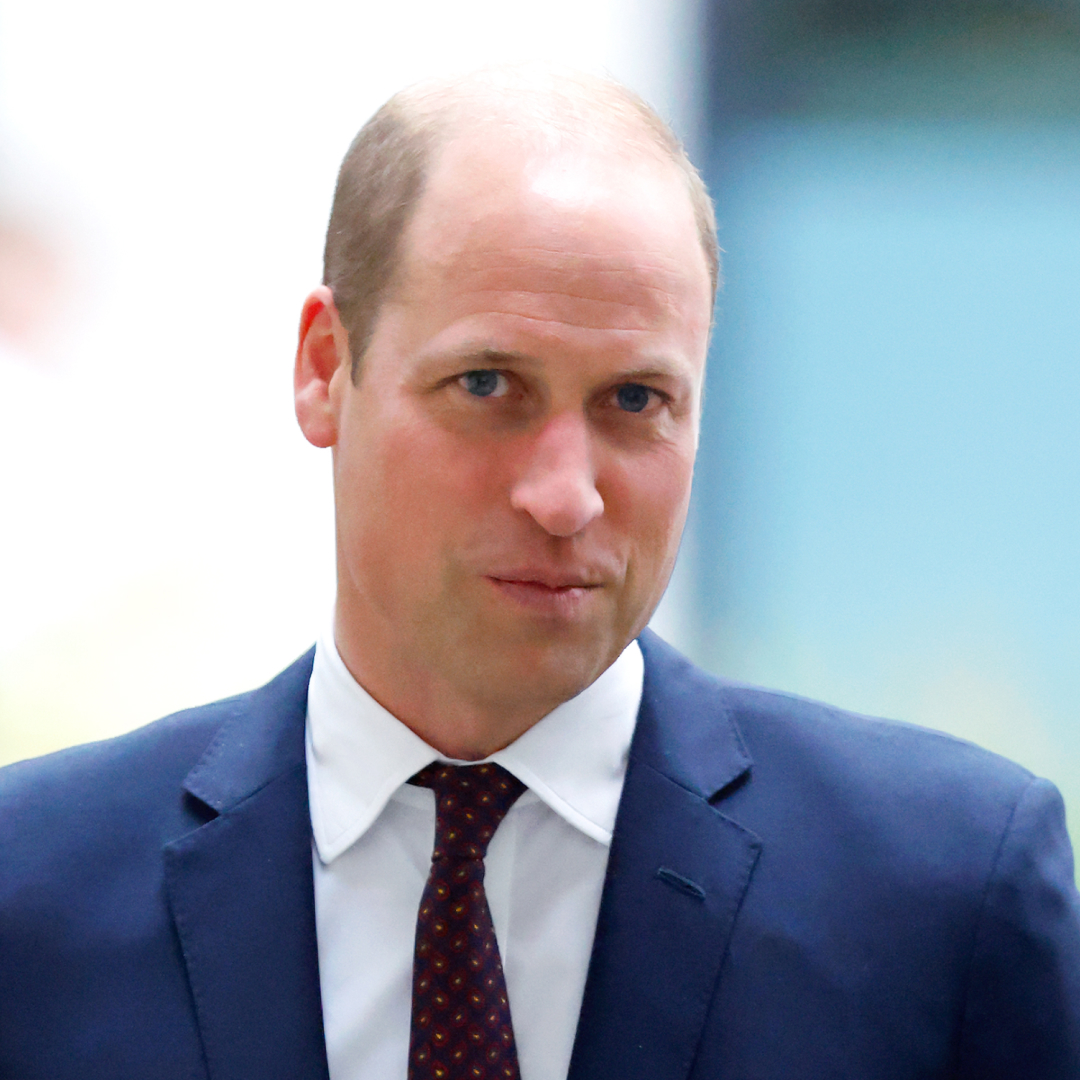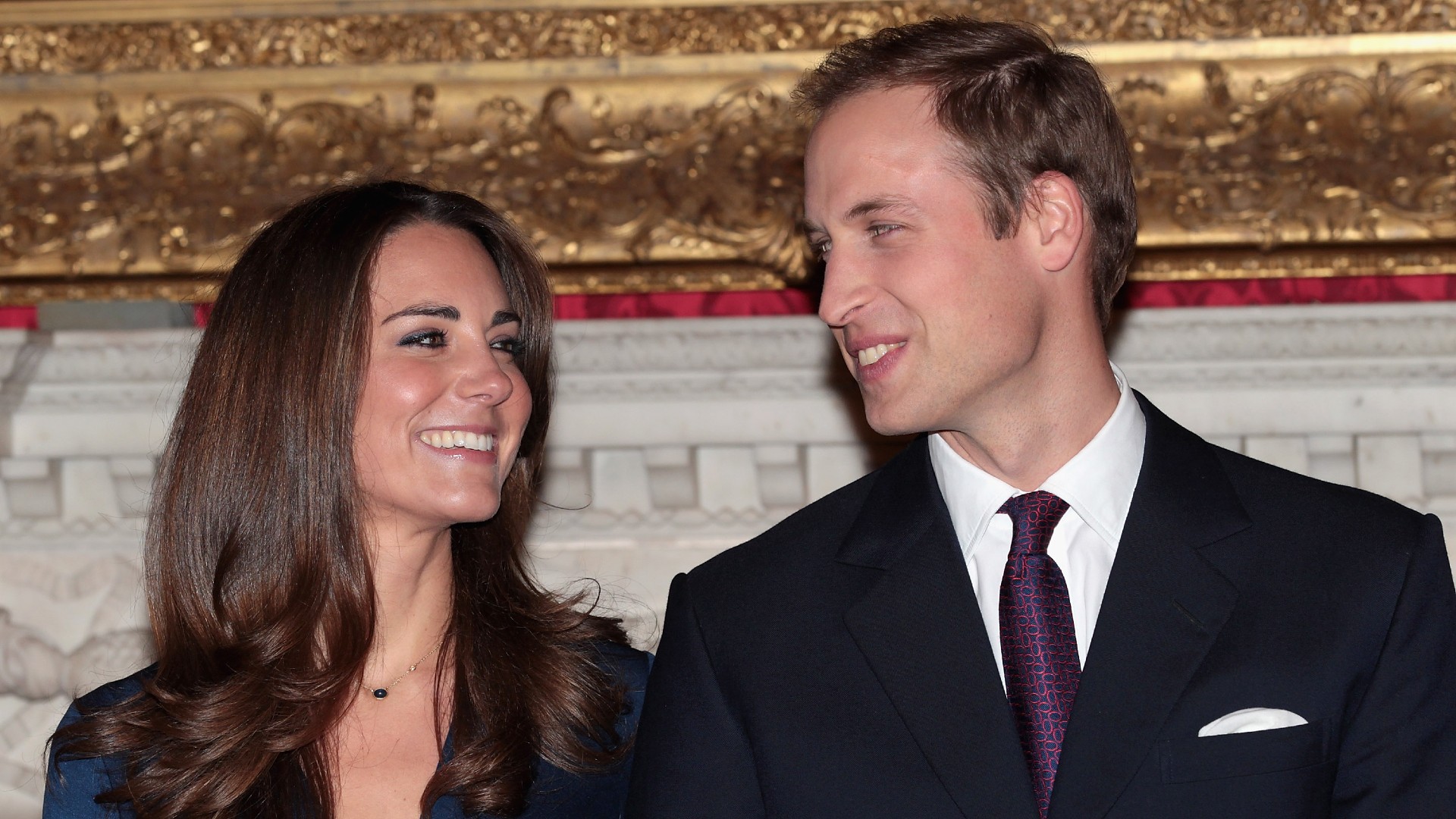Prince William Quietly Reshapes the Palace: How He’s Holding Back Queen Camilla’s Influence

With King Charles III stepping back from public duties due to ongoing health concerns, power dynamics inside Buckingham Palace have quietly but dramatically shifted. In this vacuum, Queen Camilla has been reported to assert herself more strongly than ever—taking on responsibilities, making behind-the-scenes decisions, and allegedly expanding her influence in areas typically reserved for the monarch.
But not everyone has stood by quietly.
As heir to the throne, Prince William has reportedly kept a watchful eye on these developments—and, according to palace insiders, he has taken a series of quiet but firm steps to limit Camilla’s growing reach.
Camilla’s Power Move Raises Eyebrows
Sources close to the palace say that in the early weeks of King Charles’s illness, Queen Camilla began stepping into more visible roles, not just in ceremonial duties but also in informal decision-making.
Some insiders described it as “an attempt to fill the vacuum.” Others saw it as Camilla trying to solidify her influence during a moment of royal vulnerability.
Reports suggest she began attending briefings usually reserved for the monarch, and even made private arrangements related to royal patronage and ceremonial events—moves that triggered unease among more senior aides.
William Pushes Back—Quietly, But Firmly
As future king, Prince William has not made public statements regarding these internal matters, but palace sources suggest his actions have spoken volumes.
One of his earliest decisions, according to those familiar with internal royal finances, was to halt royal allowances and perks extended to members of Camilla’s family—many of whom have enjoyed quiet access to palace events and resources since her marriage to Charles.
Though not born into royalty, Camilla’s relatives had, over the years, gained increasing access to certain royal privileges. William reportedly viewed this as inappropriate and inconsistent with royal tradition.
“Prince William believes royal resources and public money should be reserved strictly for working royals,” one source close to the palace said. “Camilla’s relatives are private citizens, and their access was quietly rolled back.”
This included revoking free-entry privileges to royal residences, with reports indicating that Camilla’s sister was asked to vacate a palace-adjacent residence she had used intermittently.
These actions left Camilla increasingly isolated within the palace structure—and, for the first time in years, clearly subject to the will of her stepson.
A Strategic Shift in Public Focus
While Camilla has sought to assert authority within the royal household, William and Catherine, the Princess of Wales, have taken a different route—by doubling down on public service and visibility.
Over the past several months, the Prince and Princess of Wales have ramped up their public engagements: from school visits and youth mental health initiatives to military ceremonies and charity work. Notably, their public appearances, social media coverage, and official videos have drawn unprecedented attention—with views across all platforms surpassing 1 billion.
This wave of public goodwill has positioned William and Kate not only as the faces of the monarchy’s future—but also as the ones carrying out the emotional labor of royalty during King Charles’s absence.
Polls now show overwhelming support for the Prince and Princess of Wales, especially among younger generations. Their growing popularity adds to their authority—and gives William stronger leverage behind closed palace doors.
Taking a Stand on Royal Duties
One of the more telling moves from William was his reported insistence that Camilla continue to personally oversee the care and comfort of King Charles, rather than using his illness as a platform for expanding her public-facing role.
Aides noted that while Camilla remains visible at certain ceremonial events, she has taken a step back from some of the more politically sensitive or symbolic appearances—reportedly under pressure from William and palace advisors.
“It was a polite but clear message,” said one source. “William isn’t interested in symbolic titles or shared power—he’s focused on preserving the structure and legacy of the monarchy.”
A Queen Without a Court?
For Camilla, the recent string of limitations has reportedly been difficult. Without her husband’s full presence and with access for her extended family curtailed, she now faces a more isolated role than at any other point since becoming Queen.
Although her position is secure by title, her influence within the household appears increasingly checked—not through public scandal or confrontation, but through deliberate administrative choices and soft power.
William’s moves are not viewed as vengeful, but as strategic: reinforcing the difference between ceremonial status and actual authority. And in doing so, he is gradually reshaping how the monarchy operates during times of transition.







